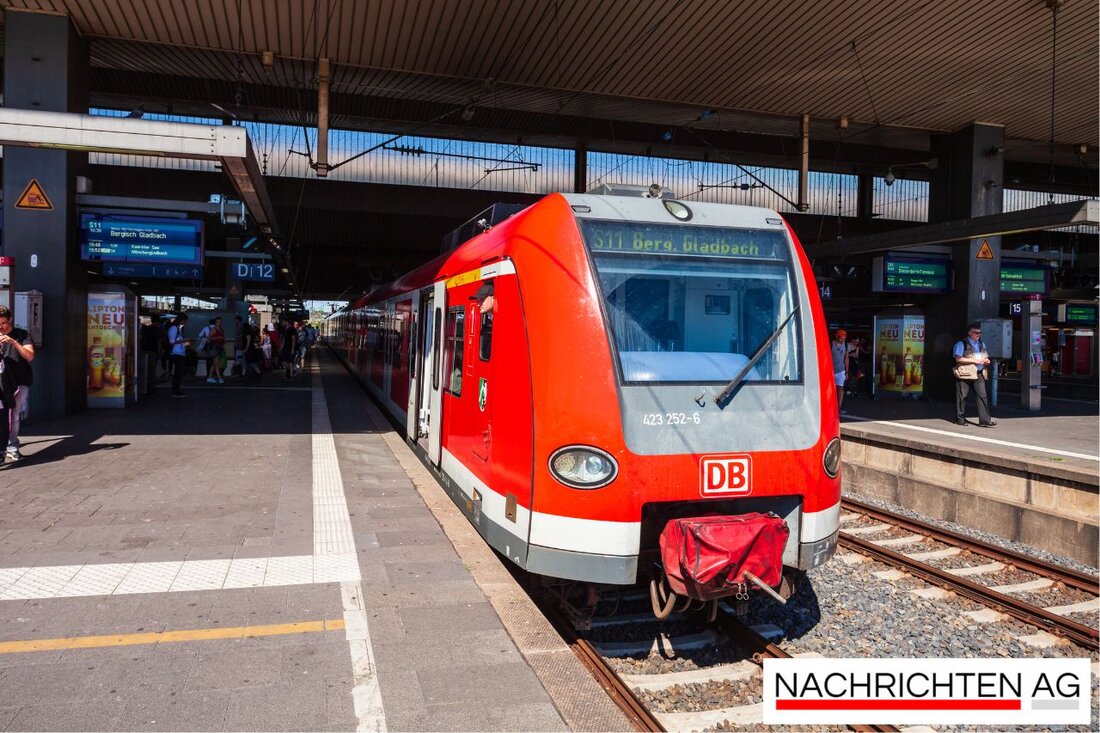New BVG new underground trains: Simulation starts on U2 before the great use!

New BVG new underground trains: Simulation starts on U2 before the great use!
Berlin, Deutschland - The Berlin Verkehrsbetriebe (BVG) took an important step towards modernizing public transport on Monday. Since June 30, 2025, they have been testing new subway trains on the U2 line as part of a simulated passenger operation. This test represents one of the last test phases before the new trains go into regular use after the summer holidays, such as rbb24 reported.
BVG boss Henrik Falk emphasizes that these new vehicles are crucial for the company's stability course. They offer numerous innovations and have already demonstrated their functionality in previous tests. The simulated passenger operation aims to check the interaction of starting, brakes, door mechanics and signaling technology under realistic conditions in order to identify and turn off possible "teething problems" at an early stage.
test operation and goals
Test operation on the U2 is expected to continue until mid -July. Every day, six cars are used between regular passenger trains for several hours. These measures are part of a more comprehensive plan to improve and modernize public transport in Berlin, which is also supported by new technologies such as 5G and the Internet of Things (IoT), as in a blog post by Digi.com is explained.
technologies such as 5G not only enable fast data connections, but also offer the basis for future innovations in local transport, including autonomous means of transport. For the BVG, this is not only a technical challenge, but also a necessity to meet the requirements of the growing urban population.
In addition, the BVG underlines the importance of integrating new technologies into existing systems in order to improve efficiency and security in local public transport. Improved security through high -resolution cameras and digital passenger counting systems are just a few of the areas that are to be further developed in the future. The challenges that need to be mastered within this modernization process are diverse, but are increasingly included the need for investments to sustainably improve the infrastructure.
In summary, it can be said that the BVG with these new trains and the accompanying test measures is on the way to give the Berlin subway network a modern face. Developments in local public transport are not only important for the city, but could also bring economic advantages and the creation of new jobs, which further underlines the relevance of these initiatives. The step towards modernization is crucial to be up to the challenges of the future.| Details | |
|---|---|
| Ort | Berlin, Deutschland |
| Quellen | |
